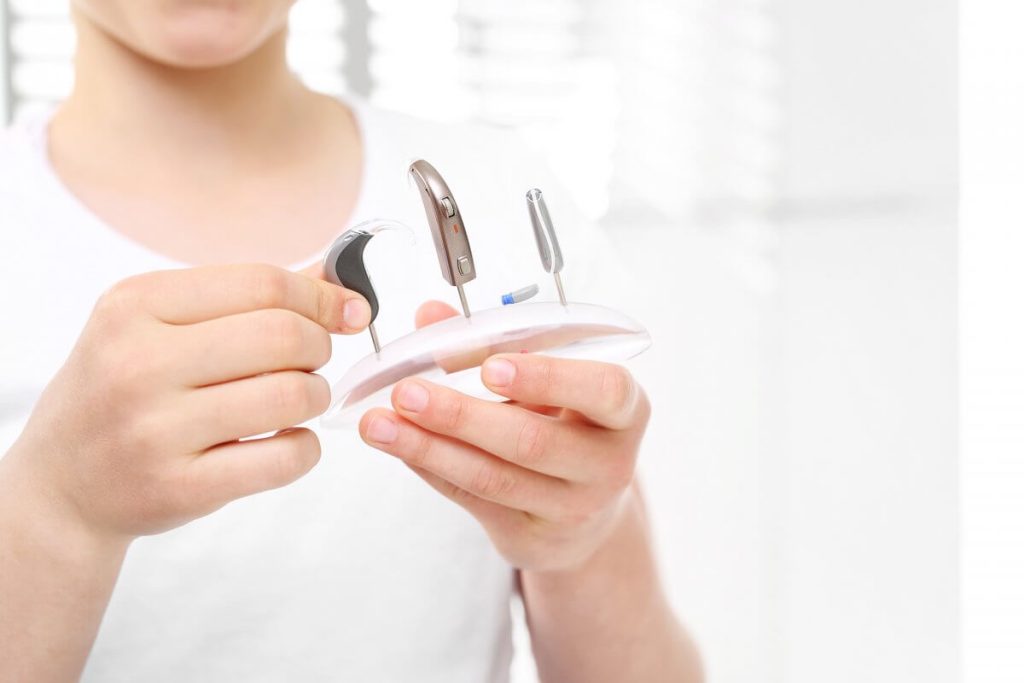At least 48 million adults in America suffer from hearing loss based on recent reports from the medical sector. Experts point out that those figures may actually be low because many cases likely go unreported. Hearing aids are readily available at this point, and they can be customized to meet people’s diverse needs. Still, quite a few people avoid getting them. Some are worried that they’ll affect their appearance while others are concerned that they may make them feel older.
For the most part, though, people avoid addressing their hearing loss because they’re concerned about the cost of hearing aids. It’s true that some can be quite expensive. Others are highly affordable, though. Understanding their price ranges and what affects them can help you find a solution that suits your needs and budget.
Hearing Aid Styles
One of the factors that affects the cost of hearing aids is their style. Behind-the-ear models are among the most common, partially because they tend to be less expensive than other models. That places them within reach for more people, but many people also shy away from them because they’re more visible.
In-the-ear hearing aids are less visible but more costly. Completely-in-the-canal models are virtually invisible, and they’re usually the most expensive. In general, the more compact they are, the more complex the technology behind them is, and the more they cost.
Hearing Aid Technology
All that being said, the size of a hearing aid isn’t the only aspect that determines the level of technology that goes into it. How they work also factors into the equation. Some are basically sound amplifiers. They make sounds louder so people can hear them better. They’re simpler, so they’re less expensive. Other models have added features like frequency isolation and background noise reduction. Those, as you might imagine, cost a bit more.
Then, there are highly advanced hearing aids. They might feature automatic frequency and volume adjustment, directional microphones, Bluetooth connectivity for taking calls and streaming music from your phone, and even fall detection. Models with all the latest technological features are going to cost more.
What’s Included in the Price
Furthermore, it’s important to remember that when you buy hearing aids, you’re not necessarily just paying for the devices themselves. Part of the cost might cover professional fittings and adjustments, ongoing monitoring and care, and additional services. Some hearing aid prices also include the costs of maintenance and repairs. Those services can help you get the most out of your hearing aids and, by extension, help you get more out of life.
Finding the Right Hearing Aids for Your Needs and Budget
At this point, numerous types of hearing aids are on the market. They come in various styles and with a range of features from very basic to highly advanced. Their prices can also include numerous essential services, such as customization, follow-up hearing care, and maintenance.
Hearing aid prices can range from less than $100 dollars for an over-the-counter pair to well over $8,000 for fully customized prescription models with all the latest features and essential services. As is the case with many products, going with the cheapest option isn’t usually a good idea. Of course, you may not necessarily need the most expensive model on the market either. Consider your budget, the style you prefer, the features you truly need, and all the services that are included in the price to help decide which ones are right for you.

